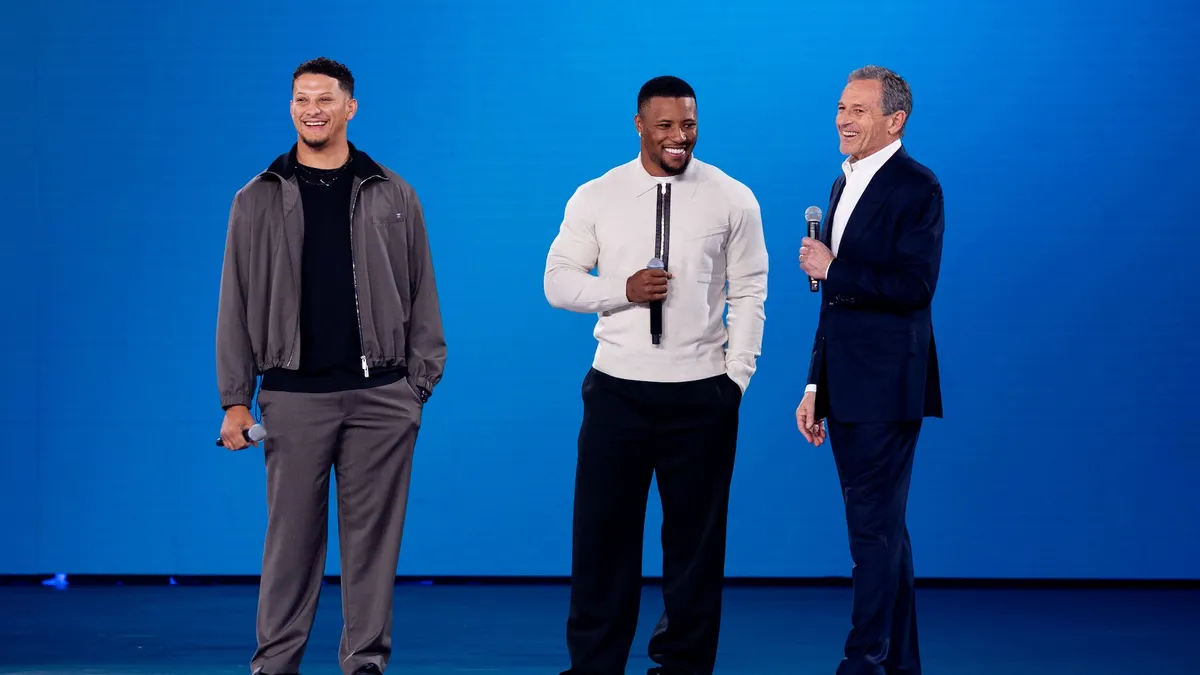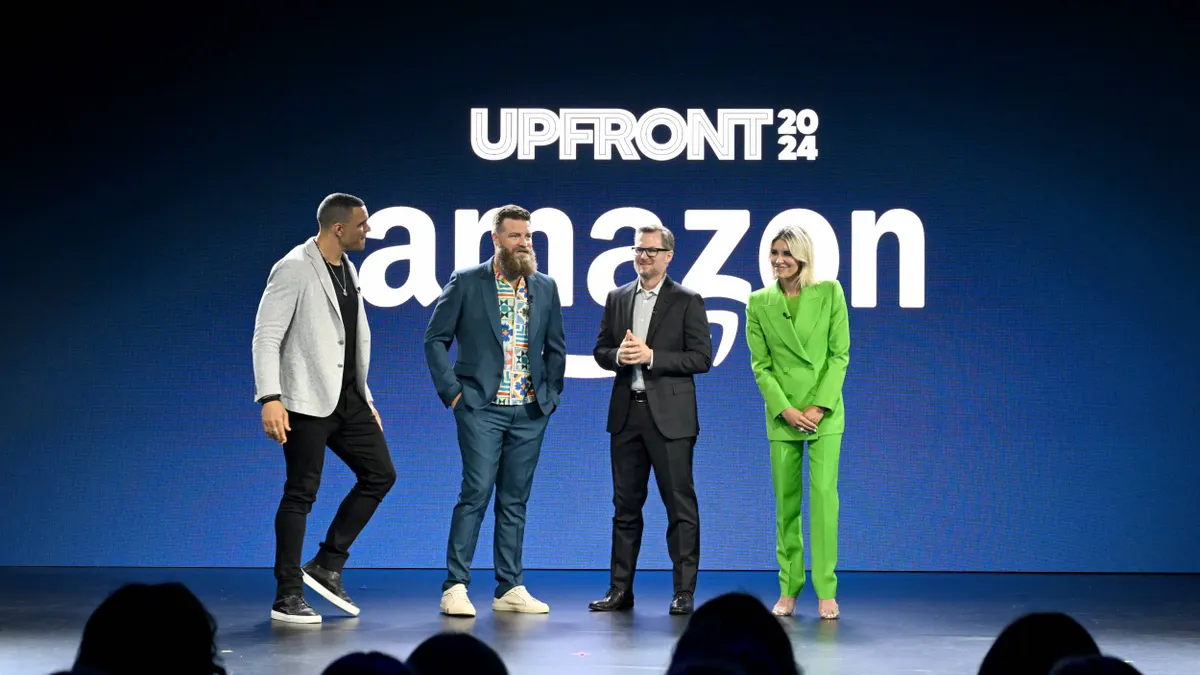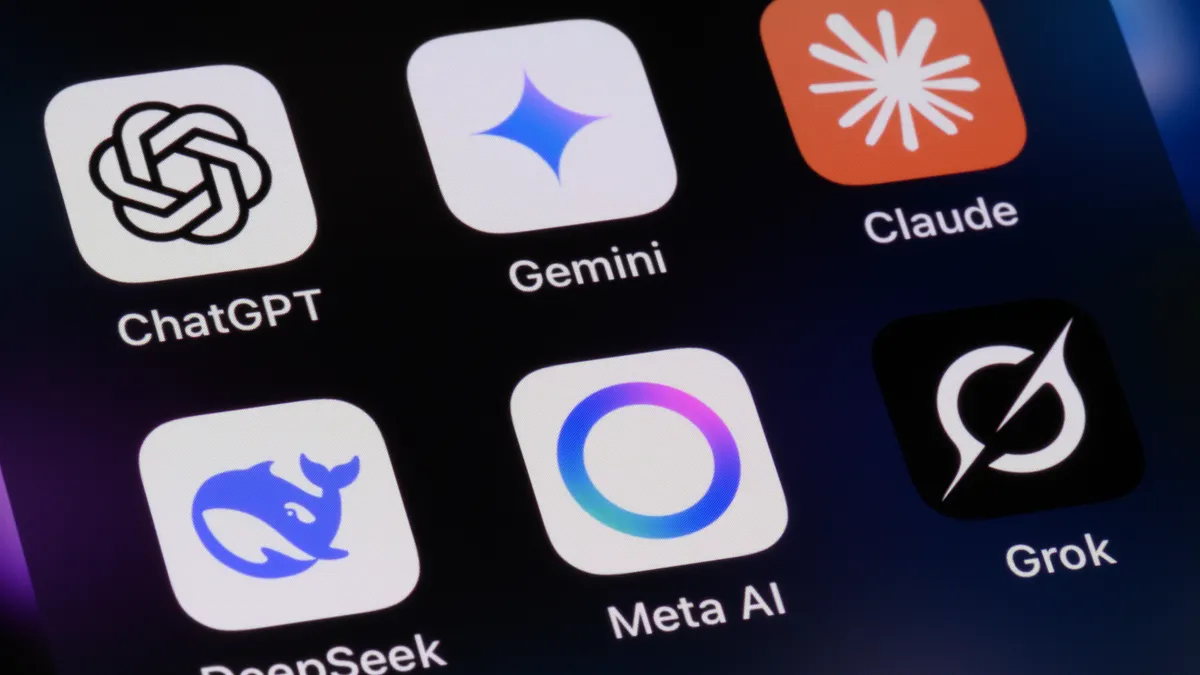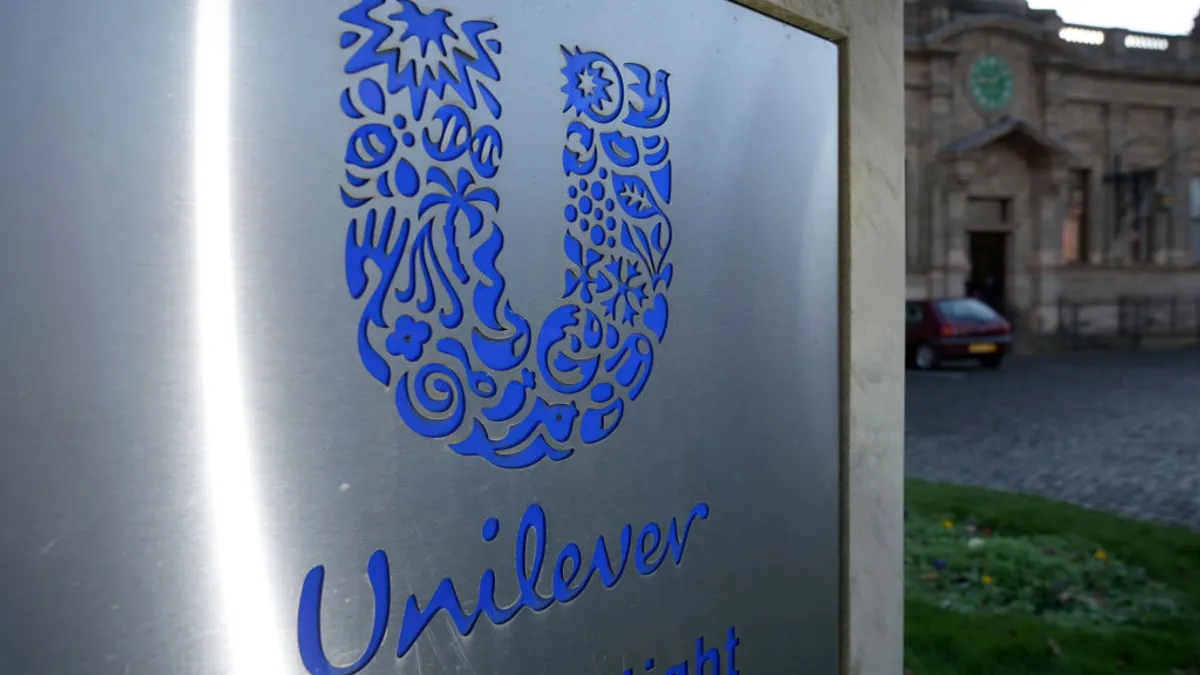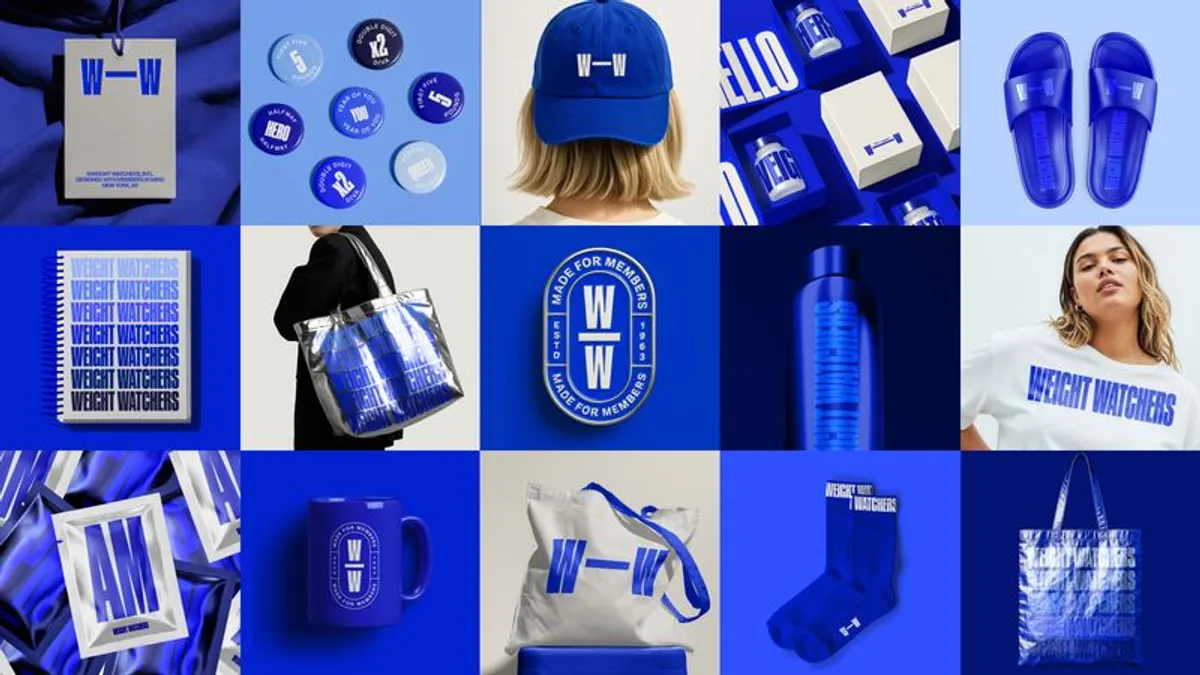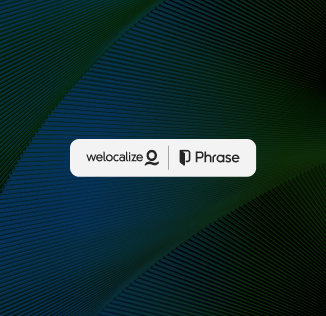Disney on Wednesday (Aug. 6) reported a 2% increase in revenue for fiscal Q3 2025, as gains from its parks division offset continued declines in its linear TV business. However, the growth of its direct-to-consumer streaming business — with operating income of $346 million compared to a $19 million loss in the year-ago period — was upstaged by several announcements that are likely to change not just Disney’s future but that of the entire streaming landscape.
Along with its earnings report, Disney announced that ESPN will launch its direct-to-consumer streaming service on Aug. 21. The offering from “the Worldwide Leader in Sports” will be buoyed by ESPN’s acquisition of the NFL Network, which will be integrated into the DTC service, while NFL’s RedZone will join Disney’s linear channels. In addition, the ESPN DTC service will stream all of WWE’s Premium Live Events, including WrestleMania.
The ESPN-centered deals, along with an announcement that Hulu will be fully integrated into Disney+ in 2026, demonstrate how Disney is evolving to shore up losses from linear TV amid the continued growth of cord-cutting.
“We’re at a point, given the way we’re operating our businesses, where we don’t really look at being in the linear business and the streaming business. We’re in the television business,” Disney CEO Bob Iger said on an earnings call.
The moves to integrate Hulu into Disney+ and offer a standalone ESPN offering that provides personalized content, fantasy sports and betting in one place represents a one-two punch in the streaming wars as the company looks to increase engagement, efficiency and ad revenue.
“By unifying control over inventory and identity, Disney is signaling that the future of ad-supported streaming lies in scale, signal and simplicity — streamlining what’s long been a chaotic ecosystem,” said Julie Clark, vice president of media and entertainment at TransUnion, in emailed comments.
“Marketers want dependable environments with measurable, repeatable outcomes, and with sports commanding some of the most engaged, lean-in audiences in the business, this consolidation allows for richer insights, smarter targeting and seamless consumer journeys across platforms,” Clark added.
A television business
As expected, linear network results were a weak spot in the earnings report. Revenue fell 15% to $2.27 billion and operating income declined 28% to $697 million, dragged down by a previous Star India transaction but also caused by a decrease in average viewership and lower ad rates. Despite the declines, linear TV is still a sizable part of the business.
“Linear is not chump change. It's a pretty big percentage down, but their upfront is still a massive show room fully packed with TV buyers and cross-device buyers,” said Kenneth Suh, chief strategy officer at ad-tech platform Nexxen. “But they definitely understand where they need to invest on the streaming side.”
Fully integrating Hulu into Disney+ is expected to help grow subscribers and advertising opportunities as an improved consumer experience lowers churn. There are also more opportunities for efficiencies with regard to tech stack and ad sales.
“We already sell the advertising together, but this will give our sales organization a chance to package them far more effectively than they have before. I imagine down the road, it may give us some price elasticity as well that we haven’t had before,” Iger said on the earnings call.
The streamlined offering could help Disney build on its upfront performance. Independent agencies saw double-digit volume growth across sports and streaming, and categories including financial services, CPG, pharmaceuticals and beverages continue to perform well across Disney’s advertising offerings.
Sports entertainment
ESPN’s deals with the NFL around the NFL Network and rights to the NFL Draft are a major play as media companies and brands look for revenue opportunities in live sports. Disney expects the revenue from the deal to increase operating income for ESPN and boost the new DTC offering.
“That does not even factor in a potentially lowered churn rate for the ESPN app once we go to market and once the NFL games are all included, and obviously, there’s advertising value as well,” Iger said.
The deal also gives the NFL a 10% stake in ESPN — the first time the league has taken a strategic position on a major rights holders and a move that will likely affect other rights holders, including legacy broadcasters and pure-play streamers like Amazon’s Prime Video and Netflix, which have moved to add NFL games to their slates. It remains to be seen how the new arrangement affects the distribution and cost of NFL broadcasts.
“All these rights are so important to drive advertisers’ spend,” Suh said. “We've got the largest sports cable network tying up a deal with the largest sports franchise in the U.S., driving the most viewership, the most attention and therefore the greatest opportunities for ad dollars.”
The NFL could learn a lesson about how to derive the most value from broadcast rights from the WWE. With its latest deal, the sports entertainment company will eventually have programming on ESPN, Netflix, Peacock and traditional broadcast channel. ESPN’s WWE pact is a five-year deal that begins in 2026 and is worth $1.6 billion, according to a Wall Street Journal report — a major increase from a previous $900 million deal with Peacock. For ESPN, the WWE deal furthers their bona fides as the leader in sports (and entertainment).
“They do have a branding advantage in market and to marketers, but they need to make sure that the offering stands up to that brand leadership position,” Suh said.
Disney’s latest developments build on its recently completed 2025-26 upfront, which saw increased sales in sports and streaming. Streaming now represents more than 40% of its total upfront volume, while sports advertising volume across linear and addressable is nearly $4 billion, with possible growth to come.
“Advertisers continue to ask us for live sports opportunities. We're in that pre-sale window now, heading into the fall sports season, and we're seeing a lot of requests coming in,” Suh said. “That momentum is not just froth from Upfronts — we're seeing it in real time from our buyers, as well.”


